3D Printing a Melodica (5) – The range
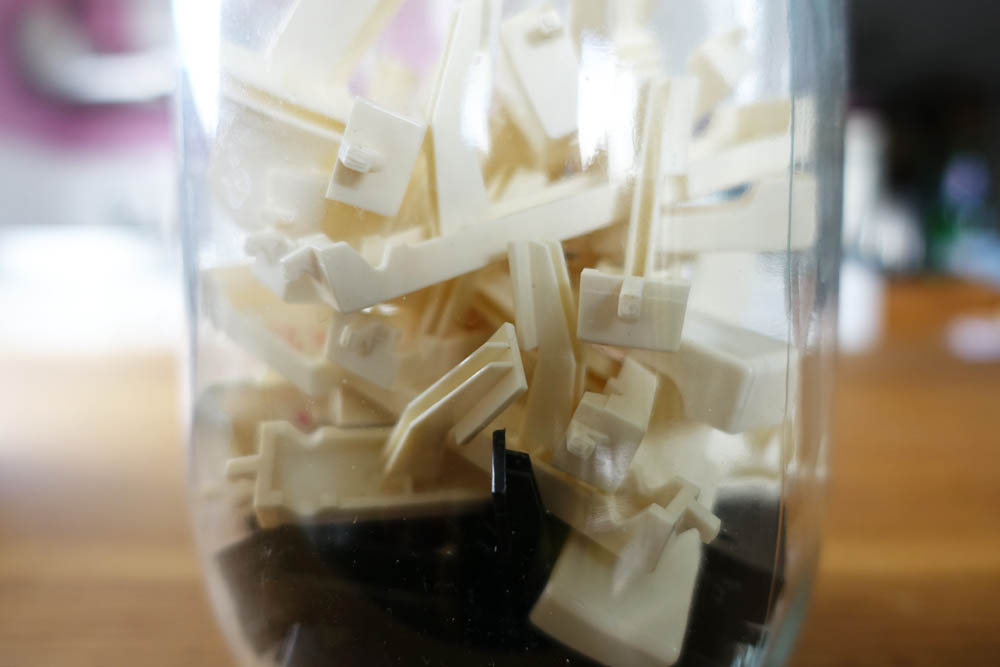
15 July 2014
Nearly ready for printing!
I’ve now nearly finished the 3D drawing of the melodica. I’m leaving it without a case, for a more exposed look. Instead I’ve incorporated a finger rest and thumb rest to grip the instrument. I’ve made the white keys slightly smaller so there’ll be room to add the ivory tops, and the black keys are just a flat base to which I can glue the wooden parts. There’ll be decorative wooden ends and a wooden mouthpiece.
A more suitable range
The range of the Yamaha P32D, which I’ve used as a model for this experiment, is F (below middle C) to C (2 octaves above middle C). I find that I very rarely use the low F, as most of the time I play in D major or related keys. Also, a lot of Irish tunes only go down to the G below middle C, as this is the lowest note on a fiddle.
So I had the idea yesterday, of shifting the whole keyboard up one tone. Starting on G, and ending on a D. This took a long time, and I’m still not sure whether it was really worth it. It means I can’t easily use the standard Yamaha reed plates, without tuning every note up a tone. This would be a huge amount of work, and would probably considerably weaken the reeds. It’s more likely I’ll use the reed plates from a P37D, cutting them down to size, trimming off a couple of notes from the bottom, and a few notes from the top.
Could I print my own parts?
When I started this project, I planned to use the services of a commercial 3D printer, but having spoken to two friends who regularly use 3D printing to develop and experiment with free reed instruments (Eddy Jay and Brendan Power), I’m seriously considering purchasing one myself. This would be a huge step for me, as there’s a steep learning curve involved. But it makes sense when I consider that a professional one-off print of this melodica would probably come close to the cost of a lower priced printer. And when I also take into account that there may be mistakes in my design, and that I’ll probably want to make modifications at some point anyway, or even build new instruments, the idea’s hard to dismiss.
The timber has arrived
My timber arrived this morning. I found an ethical producer of Zebrawood on ebay, and bought a small amount. Beautiful even untreated:
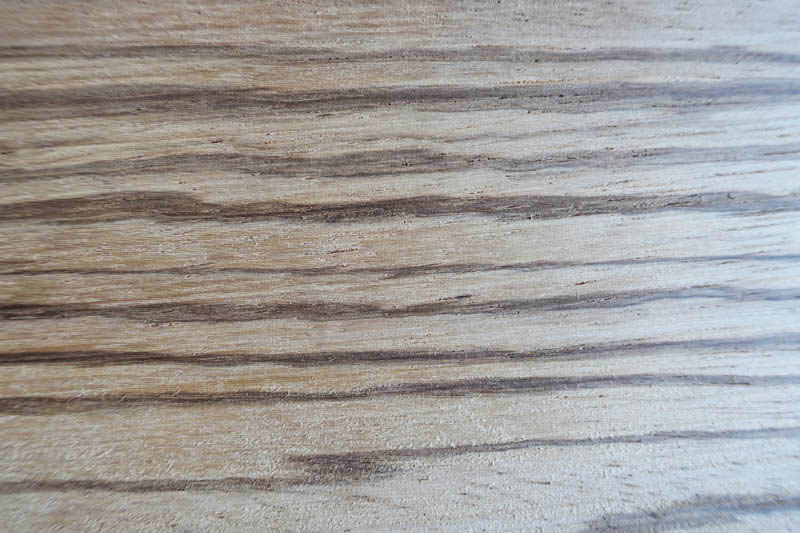

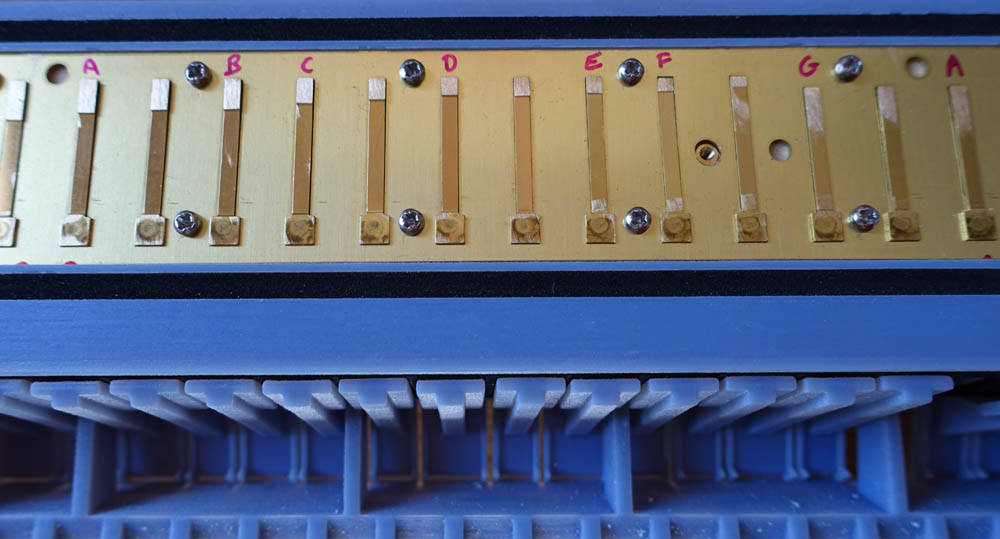


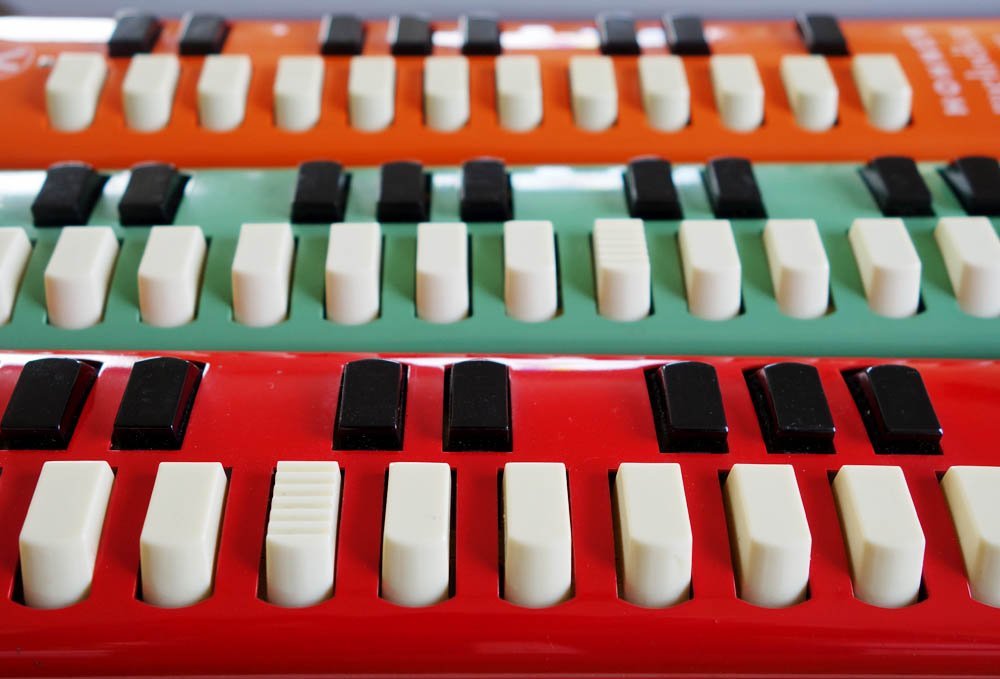
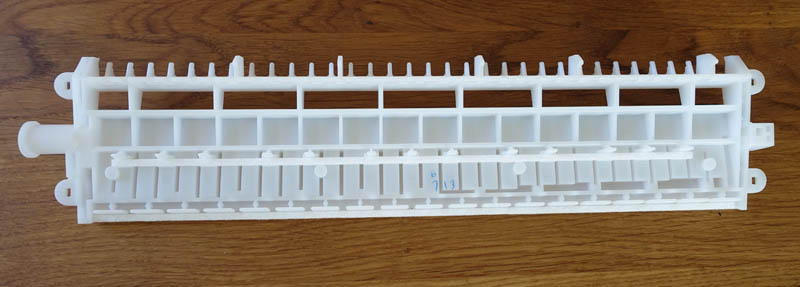
Wood needs to be moist resistant.
Best wood for melodica maybe wood what is used for flutes and bag pipes.
If the body is only glued together and can’t expand and dry. Body wraps and splits a part. Like mylodica.
Using metal and wood together is another problem. Wood expands with moisture and metal with heat.
Hi Jantan
This wood is just for decorative purposes – it’ll be used for the ‘black’ keys and the ends of the melodica.
Wooden flutes are generally made from dense African woods or similar hardwoods, but a quality wooden melodica like the Vibrandoneon is made with a walnut case, and other hard/soft wood combinations for the reed block, all sealed with varnish.
I think the issue of warping wood will always be a potential problem with a melodica…
Troy,
I am completely blown away with you rising to this significant challenge. I look forward to hearing more about your progress. If I can help in any way with ideas or mechanical problem solving, let me know. Sometimes I can be helpful in those areas.
Regards,
Lowboy
Thanks Lowboy
I may well be calling on some help for ideas soon 🙂
Hi Troy,
which material do you use for 3D-Printing? There are wind instruments such as clarinets that are made of ASB (Acrylonitrile butadiene styrene), but I have read that ASA (Acrylonitrile Styrene Acrylate) is more waterresistant although I didn’t find if you can use it for 3D-Printing. Or anything else?
In general for the consumer machines, there’s a choice of ABS or PLA (or both). I think I’ll make a post on 3D printing machines…
Very good choice. Zebrawood is somewhat similar to Tigerwood, which we have as flooring throughout our home. It was very expensive. Tigerwood is redder, though pictures I have seen of Zebrawood suggest that it’s likely to be redder than your photo seems to indicate. One of the charms of Tigerwood is that its coloring varies depending on angle and lighting, more so than other woods used in flooring. There’s a lot of variation in Tigerwood; some boards are dark and others are light.
Here’s a Zebrawood Rhodes:
http://www.rhodeschroma.com/content/gallery/21030042.jpg
That’s a great photo Alan.
I quite like this espresso machine. Looks lovely with chrome
http://media-cache-ec0.pinimg.com/originals/87/66/5f/87665f1dd454a392c5046ab620be6f4e.jpg